模組有哪些種類(lèi)與型式?
為什么需要模組?
什么時(shí)候需要用到模組?
我該選用模組或是單管?
我的應(yīng)用空間是否足夠?
模組有哪些種類(lèi)與型式?
……
以上,都是工程師在面對(duì)新的專(zhuān)案的時(shí)候常常會(huì)面對(duì)到的問(wèn)題。
本篇先僅就IGBT module幾項(xiàng)重要參數(shù)進(jìn)行說(shuō)明,以便工程師可以在設(shè)計(jì)前期有一些選型的參考依據(jù)標(biāo)準(zhǔn)。
首先我們先來(lái)了解IGBT 模組的datasheet 標(biāo)示含義:
Data Sheet 上的標(biāo)示說(shuō)明:
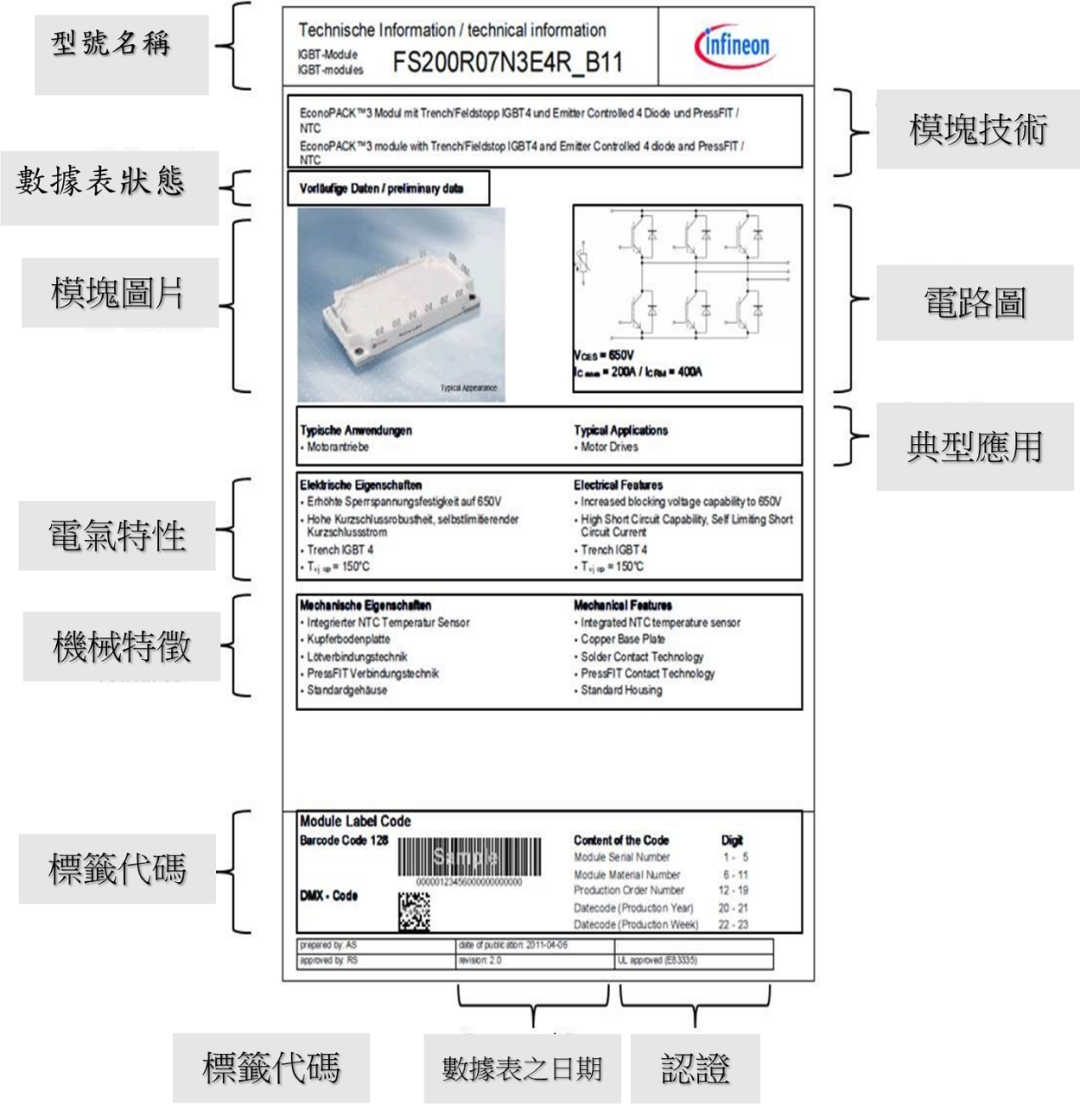
型號(hào)名稱(chēng)
數(shù)據(jù)表的第一部分以模塊的型號(hào)命名開(kāi)始,如下圖所示:
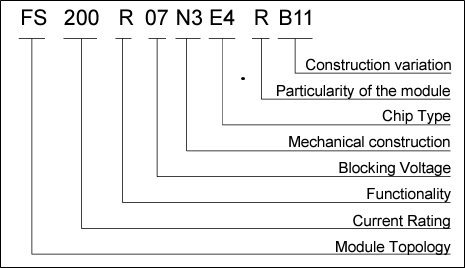

Module Topology(模組內(nèi)部電路圖拓樸)
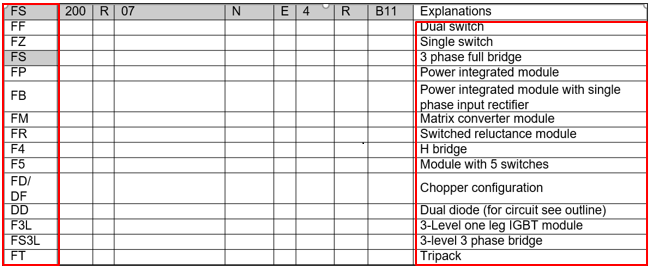
常用的幾種包裝的內(nèi)部拓樸:
? FF(Dual Switch):
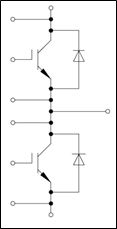
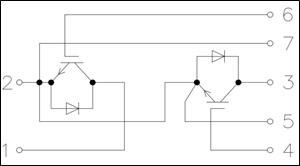
? FZ(Single Switch):
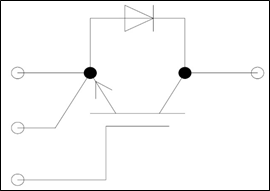
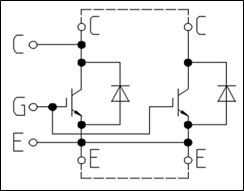
? FS(3phas Full Bridge—Sixpack):
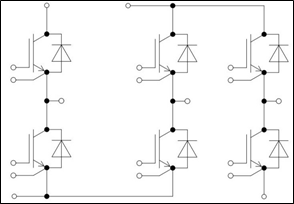
? FP(Power integrated Module)
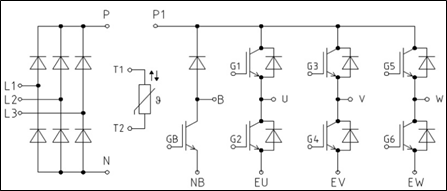
? F4(H Bridge):
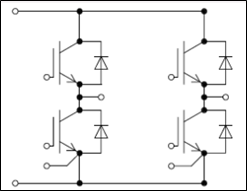
? F3L(3-Level one leg IGBT module)
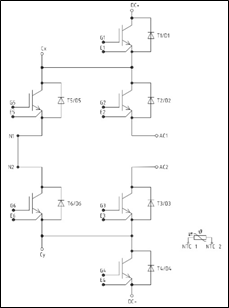
? DF(Booster)

? FD (Chopper configuration)
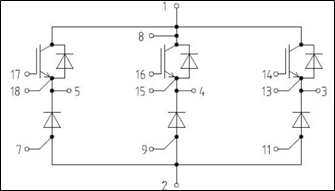
? 電流等級(jí)與工作電壓:

06=600V ,
07=650V ,
12=1200V,
17=1700V
? 功能性(Functionality):

R:Reverse conducting,
S:Fast diode,
T:Reverse blocking.
? 包裝機(jī)械構(gòu)造(Mechanical construction)

K: Mechanical construction.
H: Package: IHM / IHV B-Series.
IPrimePACK
M:Econo Dual
N1~3:EconoPACK 1~3
O:EconoPACK+
P: EconoPACK4
U1~3Smart 1~3
V:Easy 750
W1~3:EasyPACK, EasyPIM 1~3
※有關(guān)包裝尺寸與圖片將以另行篇幅描述
? 芯片類(lèi)型Chip Type

F:Fast switching IGBT chip
H:High speed IGBT chip
J:SiC JFET chip
L:Low Loss IGBT chip
S:Fast trench IGBT chip
E:Low Sat & fast IGBT chip
T:Fast trench IGBT
P:Soft switching trench IGBT
※有關(guān)芯片類(lèi)型與應(yīng)用場(chǎng)合將以另行篇幅描述
? 模組特性(Particularity of the module)

C:With Emitter Controlled-Diode
D:Higher diode current
F:With very fast switching diode
G:Module in big housing
I:Integrated cooling
P:Pre-applied thermal interface material
R:Reduced numbers of pins
T:Low temperature type
-K:Design with common cathode
※有關(guān)模組特性將與芯片類(lèi)型以另行篇幅描述
? 結(jié)構(gòu)變化Construction variation

B1~n: Construction variation
S1~n: Electrical selection
末:
Infineon 的IGBT Module 種類(lèi)齊全且多樣、豐富,但也不一定都是熱門(mén)且?guī)齑娣€(wěn)定,若無(wú)從下手,或是希望能夠避免花了時(shí)間選型選到非大宗用料,歡迎撥冗與SAC的業(yè)務(wù)或PM 取得聯(lián)系。
<本篇未完,待續(xù)> 敬請(qǐng)關(guān)注后續(xù)更新!
-
英飛凌
+關(guān)注
關(guān)注
66文章
2194瀏覽量
138860 -
IGBT
+關(guān)注
關(guān)注
1267文章
3809瀏覽量
249361 -
Infineon
+關(guān)注
關(guān)注
2文章
92瀏覽量
29130
發(fā)布評(píng)論請(qǐng)先 登錄
相關(guān)推薦
通訊電源選型指南 通訊電源使用注意事項(xiàng)
# Infineon AIROC? CYW5557x Wi-Fi 6E三頻/BLUETOOTH 5 SoC
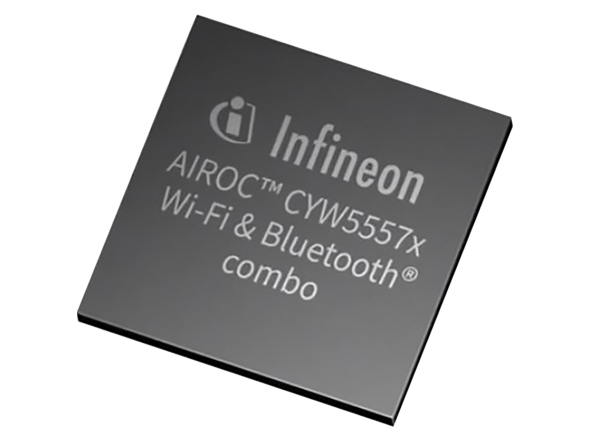
森國(guó)科推出全新1200V/25A IGBT

有獎(jiǎng)直播 大大通技術(shù)研討會(huì)火熱報(bào)名中!

逆變器中MOS管和IGBT的選型對(duì)EMC有什么影響
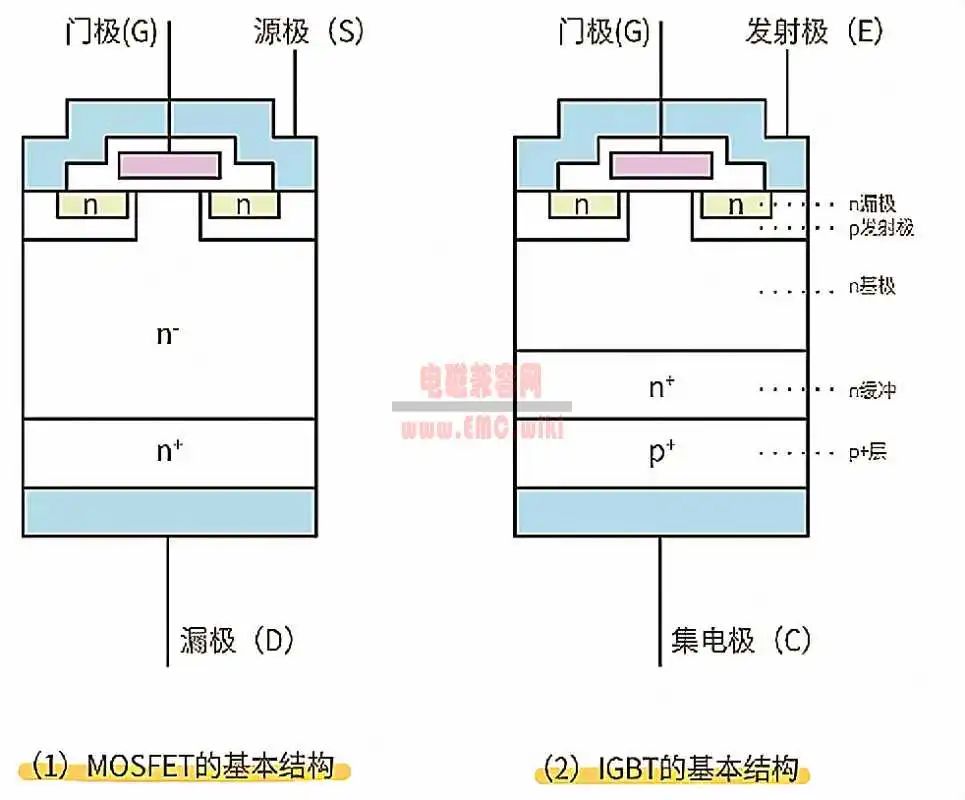
igbt尖峰吸收電容選型方法
高頻電源igbt溫度高怎么處理
igbt在高頻電源的作用有哪些
igbt模塊和igbt驅(qū)動(dòng)有什么區(qū)別
村田與Infineon公司合作開(kāi)發(fā)物聯(lián)網(wǎng)設(shè)備新解決方案
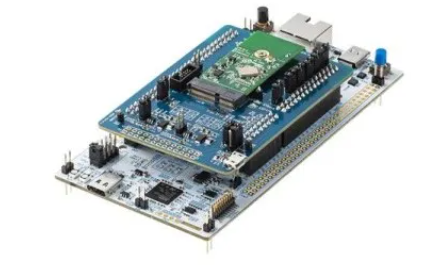
Infineon碳化硅布局加速,晶圓廠投資引發(fā)市場(chǎng)疑慮





 【大大魚(yú)干的類(lèi)比電源講堂】Infineon IGBT的選型與應(yīng)用之1
【大大魚(yú)干的類(lèi)比電源講堂】Infineon IGBT的選型與應(yīng)用之1










評(píng)論